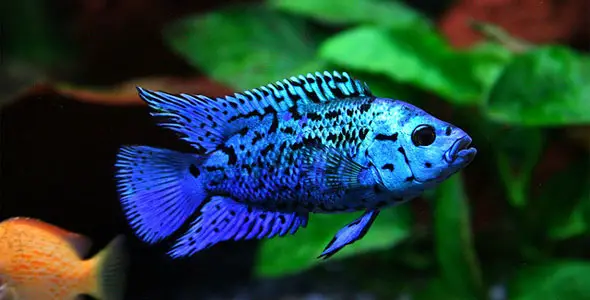One of the most important things you will need if you decide to capture your own marine fish for your aquarium is proper diving equipment. While some fish can be captured with basic snorkeling gear- a wet suit, goggles and snorkel- others require deeper diving and scuba experience. Here is a list of the basic equipment you will be exposed to while learning how to scuba and when heading out for your fish.
Underwater Breathing
Alternative Air Source – Kept in case your primary air source fails or your diving partner needs air. It is also called an Octopus.
Cylinder – Also commonly called a tank, it is used to carry the compressed breathing gas or air. They are made out of aluminum with the air compressed to 3000psi/210bar.
Regulator – Regulators are used to control how much gas is used at a time in order to ensure that sufficient air is maintained and air is not wasted.
Face Mask – A full face variety used for scuba diving. It seals the whole face from the water and contains a mouthpiece that provides the diver with air. It allows the diver to see, provides protection from cold or polluted water or dangerous fish, and allows for secure breathing at great depths from the surface.
Protection from the Elements
Suit – A full body protection that keeps you warm and secure in deeper, cooler waters. Most scuba divers will find a wet suit to be sufficient for their diving needs.
Diving Boots and Gloves – A must if you are hunting your own fish, these provide protection against bites, stings, and scratches. You should never hunt fish without these protections.
Safety Helmet – Separate from the face mask, the safety helmet provides additional protection and may come equipped with a built-in light at the forehead.
Swimming Like the Fishes
Backplate – The structure that links the wing and diving cylinders together with straps that secure the scuba set to the back of the diver.
Buoyancy Control Device (BCD) – The device that contains the inflatable bladder used to adjust the diver’s buoyancy underwater. It is an integral part of the harness system.
Fins – Much like the fins of the fish you’ll be hunting, these fins help you to move quickly through the water and to hover or tread water more effectively. They attach to the feet and boots.
Finding Your Way
Depth Gauge – Allows the diver to monitor depth and decompression requirements. Some digital depth gauges are able to indicate ascension rate as well.
Diving Watch – A watch that continues to work while underwater and is used in conjunction with a decompression table in order to avoid decompression sickness.
Compass – A normal compass, suitable for use underwater to help you navigate.
Dive Computer – Used to help manage decompression, ascension rates, and oxygen consumption. They can be found in watch form or HUD-like form with the computer relaying information to a screen in the mask.
Submersible Pressure Gauge – This device, also known as a contents gauge, is used to show the diver how much air is left in the tanks.
Distance Line – These should be used in murky water as they help to guide the diver back to their starting point when visibility is low.
Talk to the Other Divers
Slates and Pencils – Used for communication underwater and to keep records during the dive.
Flashlight/ Torch – Used to help provide additional visibility during night time dives or in murky waters. Can also be used to help signal other divers.
Personal Tools
Knife – Used for protection, to cut lines and nets, to pry, or to dig.
Camera – Used to take pictures of the fish while underwater. Underwater video cameras can be an excellent way in which to study your potential fish before attempting to catch them.




